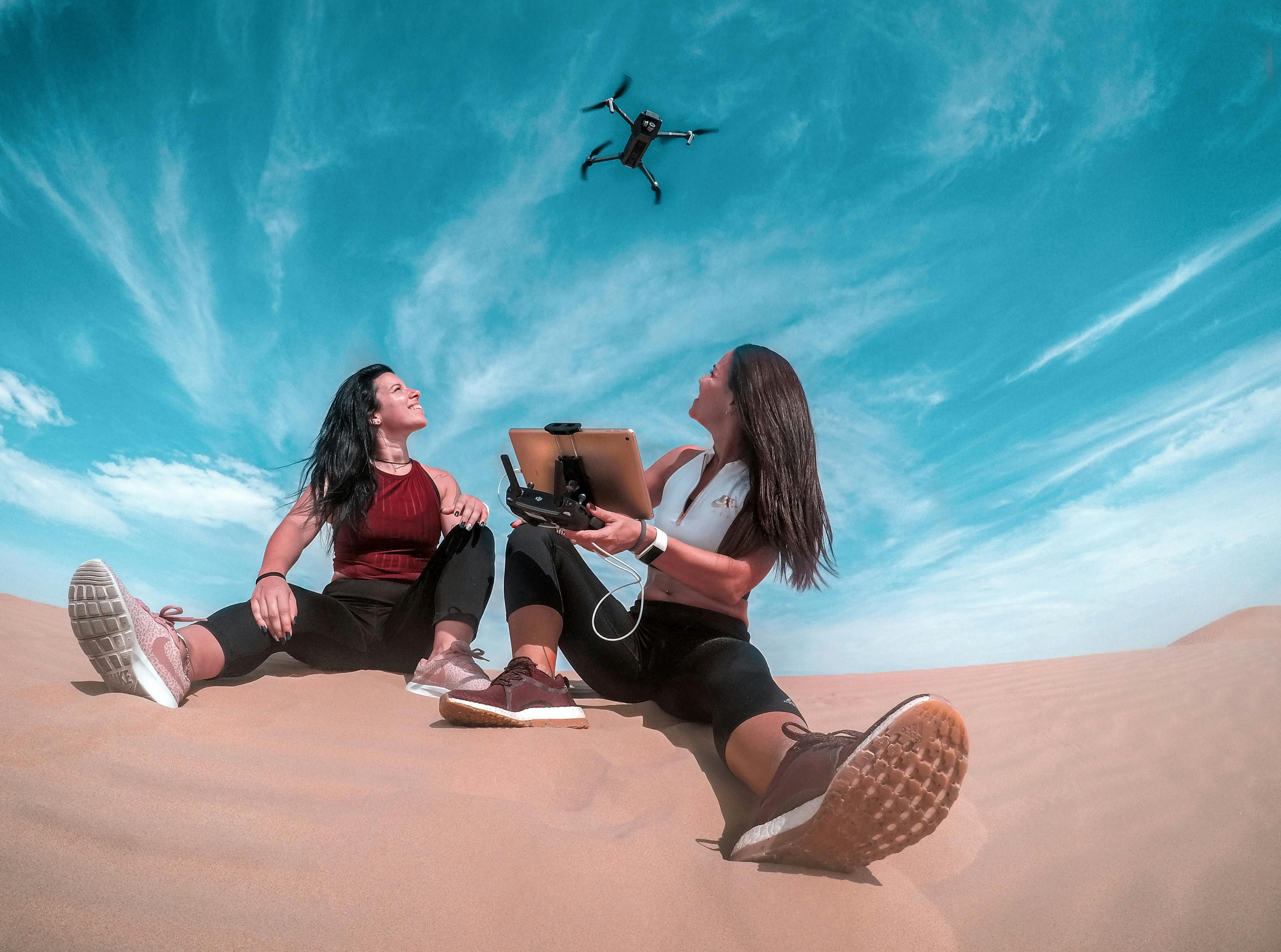Unveiling the Potential of Telecommunication Drones: A New Horizon in Connectivity
The future of internet connectivity may not reside on the ground or under the sea, but in the sky. A new player has entered the telecommunications arena, promising to revolutionize the industry: telecom drones. These autonomous, airborne devices could completely transform the way we connect, offering a fresh approach to an age-old challenge.

In the past, connectivity was primarily achieved through fixed infrastructures like cables, satellites, and base stations. However, these solutions are not without their limitations. Cables are expensive to deploy and maintain, especially in remote or difficult terrains. Satellites, while offering wider coverage, can be plagued with issues of latency and high operational costs. Telecom drones, however, could address these challenges by providing flexible, cost-effective, and high-speed connectivity solutions.
The Advent of Telecom Drones
Drones, also known as Unmanned Aerial Vehicles (UAVs), have been around since the early 20th century. They were initially designed for military usage but have since found applications in various fields such as agriculture, photography, and delivery services. In recent years, telecom companies have started to explore the potential of drones in providing internet connectivity.
In 2013, Facebook announced its ambitious project, Aquila, aimed at using high-altitude, solar-powered drones to deliver internet connectivity to remote parts of the world. Although the project was discontinued in 2018, it highlighted the potential of drones as telecom devices.
The Mechanics of Drone-based Connectivity
Telecom drones function as airborne base stations. They can hover or fly over a specific area, beaming down internet signals to users below. Compared to traditional base stations, drones can cover a wider area and can be deployed quickly in response to demand. They are particularly useful in emergency situations where ground infrastructures might be damaged or non-existent.
The Potential Impact of Telecom Drones
The potential benefits of drone-based connectivity are vast. For starters, drones could provide temporary or emergency connectivity in the aftermath of natural disasters or during large-scale events. They could also supplement existing infrastructure during times of high demand, reducing network congestion and improving service quality.
Moreover, drones could play a crucial role in bringing internet access to remote or hard-to-reach areas, helping to bridge the digital divide and promote digital inclusion. Telecom drones could also support the development of smart cities by enabling ubiquitous connectivity and facilitating the deployment of IoT applications.
The Challenges Ahead
Despite their potential, telecom drones face several challenges. Regulatory hurdles related to airspace management and privacy concerns are significant obstacles. There are also technical challenges related to drone endurance, signal interference, and integration with existing telecom networks.
However, with advancements in drone technology and regulatory frameworks, these challenges can be overcome. As telecom companies continue to explore and experiment with drone-based connectivity, we can anticipate a future where the sky is not just the limit but the new frontier of telecommunications.
Telecom drones represent a novel approach to connectivity, offering a viable solution to the limitations of traditional telecom infrastructure. By leveraging the unique capabilities of drones, we can look forward to a future of more flexible, efficient, and inclusive connectivity. As this technology continues to mature and evolve, we can only imagine the endless possibilities it holds for our connected world.




